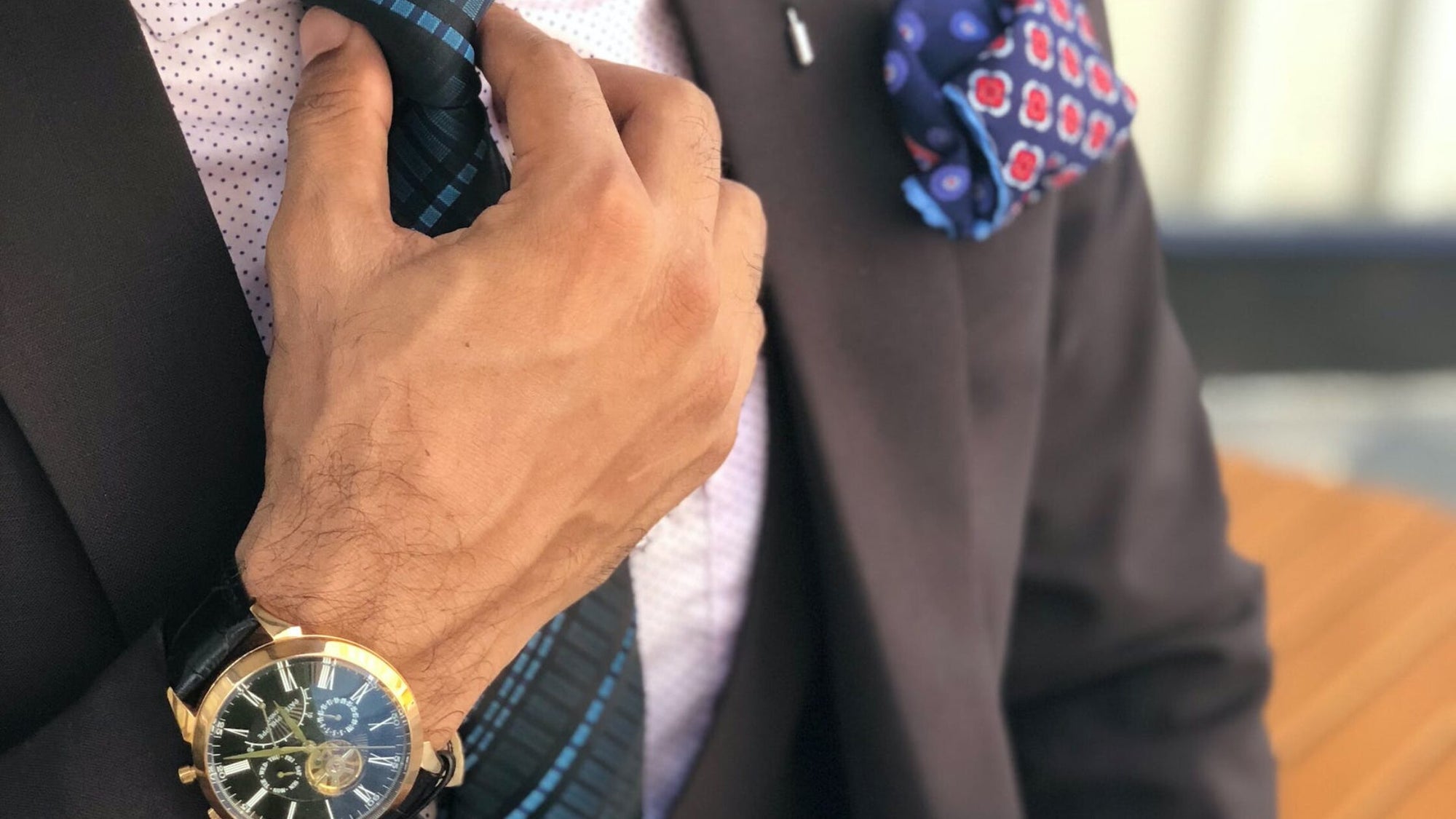When it comes to choosing the perfect wallet, the material it's crafted from plays a pivotal role in determining not only its aesthetic appeal but also its durability and longevity. Let's delve into the world of wallet materials, exploring the pros and cons of each to help you make an informed choice that stands the test of time.
1. Leather: Timeless Elegance, Enduring Durability
Pros:
- Elegance: Leather wallets exude sophistication and never go out of style.
- Durability: High-quality leather is known for its robustness, gaining character and patina over time.
- Variety: Available in various types such as full-grain, top-grain, and genuine leather, offering options for different preferences and budgets.
Cons:
- Maintenance: Requires occasional care to prevent drying or cracking.
- Cost: Genuine and high-quality leather wallets can be pricier compared to other materials.

2. Nylon: Lightweight and Resilient
Pros:
- Lightweight: Nylon wallets are incredibly light, making them ideal for those who prefer minimalistic designs.
- Water-Resistant: Nylon is resistant to water, providing protection against unexpected spills or light rain.
- Affordability: Generally more affordable than leather alternatives.
Cons:
- Durability: While durable, nylon may not develop the same character as leather over time.
- Limited Styles: Limited in terms of traditional or formal styles compared to leather.
3. RFID-Blocking Materials: Secure and Practical
Pros:
- Security: RFID-blocking wallets protect against electronic theft, keeping your cards safe.
- Versatility: Available in various materials, including leather and fabric.
- Modern Features: Ideal for those who prioritize technology-driven features.
Cons:
- Bulkiness: Some RFID-blocking materials may add a bit of bulk to the wallet.
- Cost: RFID-blocking wallets can be slightly more expensive than non-RFID options.

4. Metal: Sleek and Unconventional
Pros:
- Security: Metal wallets offer a unique level of protection for your cards and cash.
- Sleek Design: Modern and often minimalist in design, catering to those who appreciate a sleek and unconventional aesthetic.
Cons:
- Weight: Metal wallets can be heavier than other materials.
- Limited Flexibility: May not offer the same flexibility as leather or fabric wallets.
5. Fabric/Canvas: Casual and Durable
Pros:
- Casual Appeal: Fabric wallets are perfect for a more casual or laid-back style.
- Durability: Can be surprisingly durable, especially when reinforced with quality stitching.
- Affordability: Often more budget-friendly than leather alternatives.
Cons:
- Stains: Prone to stains and may require more frequent cleaning.
- Limited Formality: Not as suitable for formal or business occasions.
Choosing the Right Material for You
Ultimately, the choice of wallet material depends on your personal style, lifestyle, and preferences. A classic leather wallet is a timeless investment, while nylon or fabric options may suit those who prioritize a lightweight and casual feel. Whether you prefer the enduring elegance of leather or the modern practicality of RFID-blocking materials, understanding the pros and cons of each material ensures your wallet not only complements your style but also withstands the tests of time.
Invest wisely, and let your wallet be a reflection of both your personality and practicality.




